Mica Mineral Types
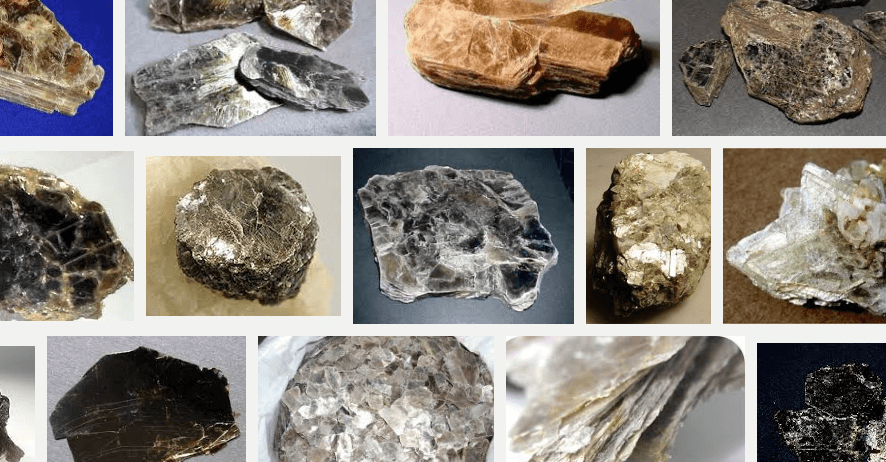
Mica type minerals make a group of silicates of alumina, with potash, iron, magnesia; characterized by easy cleavage into thin, flexible, elastic sheets. Mica gives off water when strongly heated. Muscovite Muscovite, or white mica, (K,H) AlSiO4, is colorless, sometimes gray, brown, ruby, etc.; powder, white; luster, glassy or pearly; H = 2 to 2.5; G […]
Zirconium Minerals
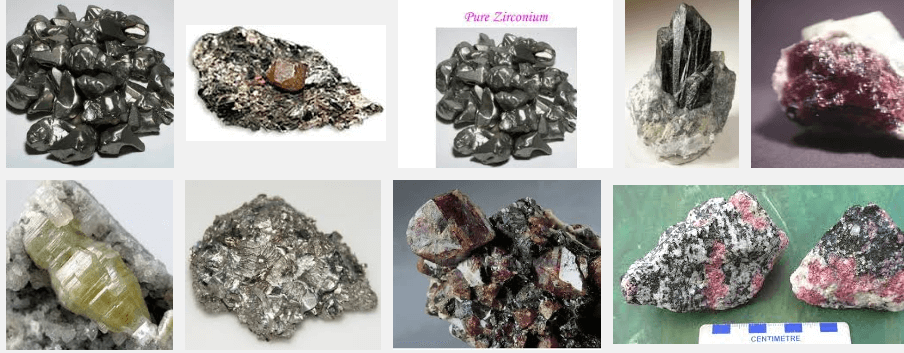
Zircon and Zirconium Minerals; ZrSiO4 are colorless, pale yellow, grayish, yellowish green, brownish yellow, reddish brown; powder, white or nearly so; luster, like diamond, or glassy; H = 7.5; G = 4.68 to 4.70; crystals, tetragonal; cleavage, imperfect; composition silicate of zirconia (ZrO2).—Found in igneous rocks of the acidic kind, for example, syenite, and especially in […]
Classification of Silicate Minerals
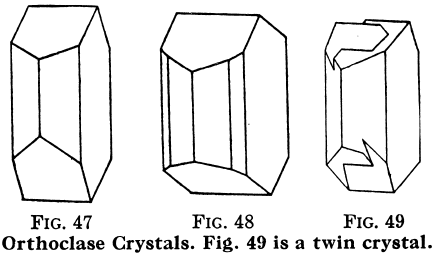
The chemical name for the substance of quartz is silica; and any mineral that is composed in part of silica is a silicate. In the Classification of Silicate Minerals and the study of minerals and rocks, silica is called an acid; in silicates, the substances other than silica are called bases, for example, lime, potash, and […]
Pyroxene Mineral Group
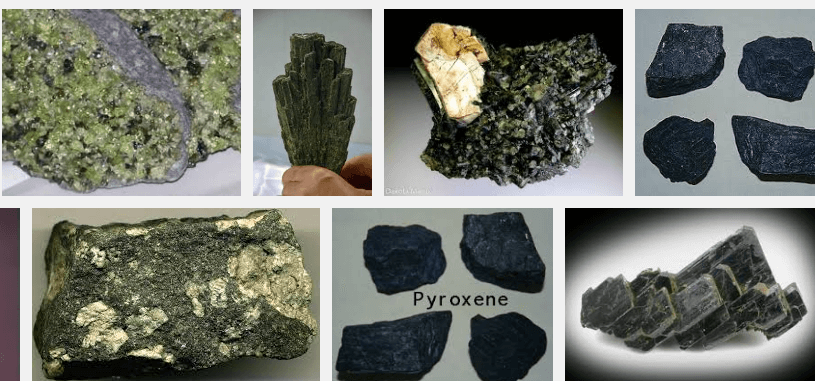
The mineral pyroxene is a name applied to a group of silicates that are similar in composition to the hornblende group, but not so often containing soda and potash. Cleavage pieces show angles of 93° and 87°, thus making nearly square edges, a clear distinction between them and the sharp and obtuse edges of cleavage […]
Group Different Feldspars Minerals
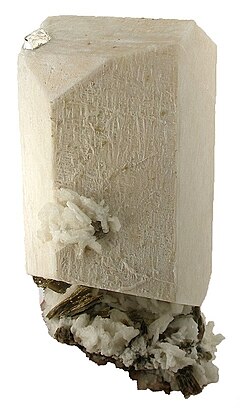
Feldspars constitute a group of similar minerals, which may be described as silicates of aluminum and either potash or soda or lime. Color, white, or pale shades of yellow, red, or green, sometimes gray; powder, white; luster, glassy; usually opaque; H = 6 to 6.5; G = 2.55 to 2.75; crystals, in the monoclinic system (orthoclase) […]
Introduction List of Most Common Carbonate Minerals

This is an introduction list that covers the most common carbonates minerals which are compounds of carbon dioxide (frequently called carbonic acid) with oxides of metals. In naming individual carbonates, the name of the metal is used; but if the name of the oxide of the metal is better known, as lime, for example, which […]
List Common Oxide Minerals

Oxide minerals can be listed as compounds of oxygen with metals. A list of the common oxide minerals with the spinel structure, together with their compositions, u values, cell dimension and structure type. Pure end member compositions of these minerals arc rare in nature, and cation substitution, especially between cations of similar size and valence, results […]
List Sulphide Minerals
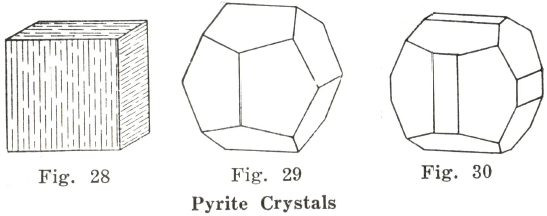
The sulphide minerals are compounds of the metals with sulphur. Nearly all these minerals have a metallic luster, i.e., the peculiar shining appearance of metals, such as gold, silver, copper, lead, tin, iron, etc. They are all heavy minerals and nearly all are of economic importance. Iron Pyrites or Pyrite FeS2. — Color, pale brass-yellow; […]
List Antimony Minerals Group
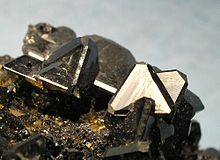
Tetrahedrite or Gray Copper Ore Part of the list of all Antimony Minerals Group is Cu2Sb8S7. — Color, grayish or grayish black; powder, grayish or grayish black, sometimes inclining to brown or reddish; luster, metallic; H = 3 to 4; G=4.4 to 5.1; no cleavage; composition, about 52% copper, and, in addition to the antimony […]
List Arsenides Minerals

Arsenide minerals are compounds of the metals with arsenic. The list of nearly all these minerals have a metallic luster, i.e., the peculiar shining appearance of metals. Smaltite CoAs2. — Color, tin-white to steel- gray; the white color is seen in the larger crystals, but since smaltite is usually massive (i. e., in a mass […]
